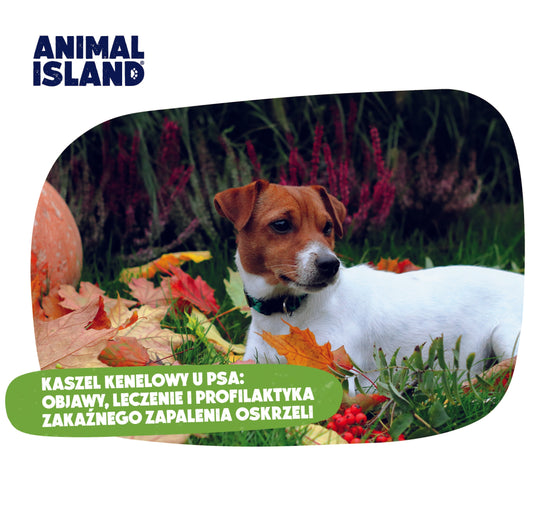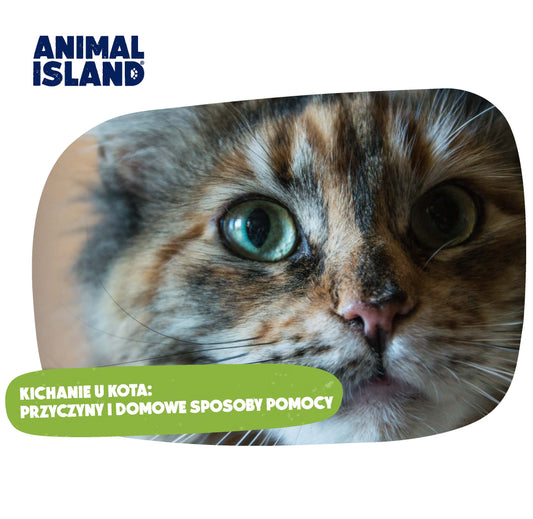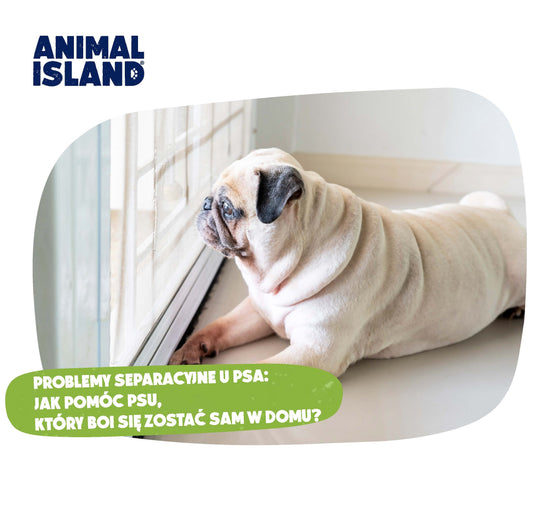The best cat food

The best cat food
Cats naturally eat meat – their anatomy and digestive mechanisms clearly indicate this. Despite the home lifestyle of our furry friends, their nutritional needs have not changed. Hence, the diet of our four-legged friends should be characterized by a high meat content and, above all, a lack of grains. It should be remembered that animal fat is the key source of energy for cats, not the cheaper substitute – vegetable fat.
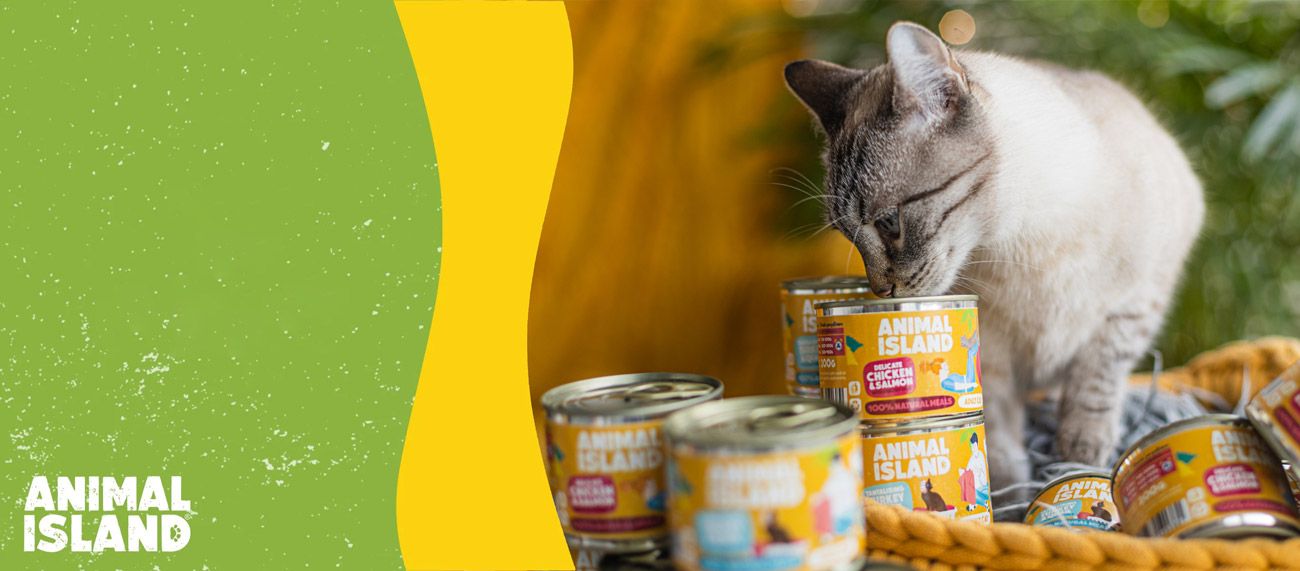
Author: Nokoty.pl
Elements such as animal fat, vitamin A (supplied from the liver) and taurine are just some of the nutrients that should be present in the cat's menu. Let's try to understand how the digestive system works in cats:
• Lack of the enzyme amylase in cat saliva, which is responsible for breaking down carbohydrates (found in grains, rice and root vegetables).
• Ability to convert animal proteins into glucose.
• Low stomach pH, which works perfectly with a meat diet. Unfortunately, the consumption of grain by cats leads to an increase in pH, which promotes the growth of unwanted bacteria.
• A short large intestine is a characteristic feature of the digestive system of all carnivores.
To put it simply, wet cat food is one of the healthiest food options we can choose for our furry friend. Compared to dry food, wet food often contains more meat and less grain, which is more in line with the cat's natural diet. Properly selected ingredients in wet food contribute to the health and overall condition of our cat.
“Wet cat food can provide a complete and balanced diet, providing essential protein, fats, vitamins and minerals. The quality and composition of food can vary, so it’s always worth checking the label on the can or bag carefully.”
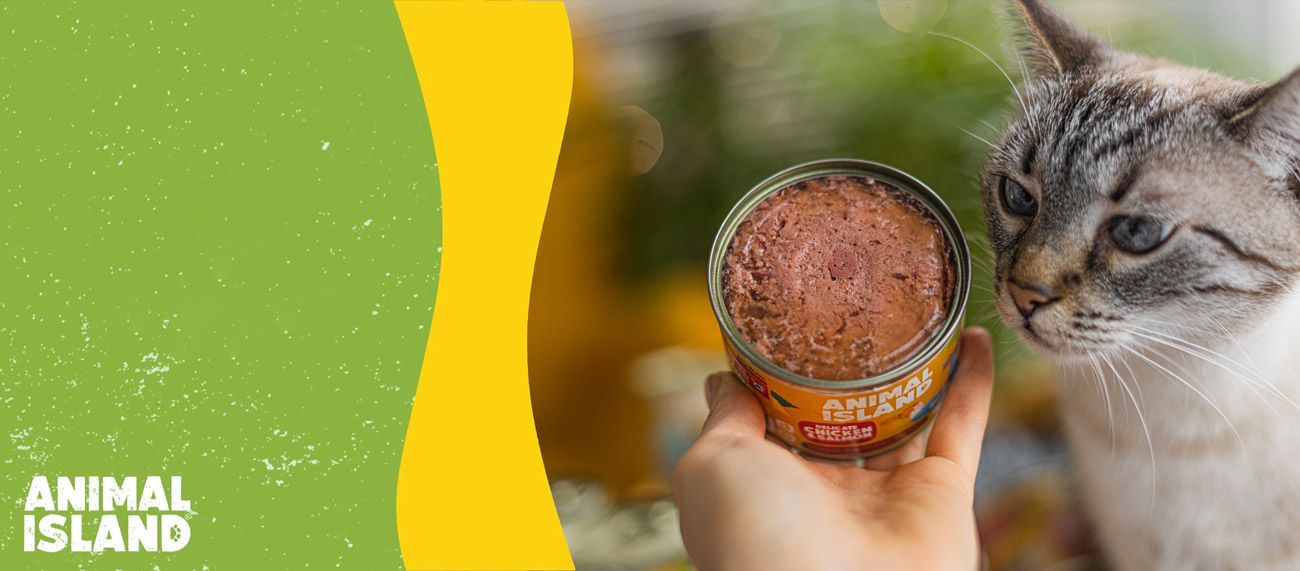
Author: Nokoty.pl
It is also worth remembering that wet food has a high moisture level, which can help your cat stay hydrated, especially if your cat does not drink much water during the day.
Benefits of wet cat food:
• - high meat content, • - less grain, although there should be none at all • - may contribute to better hydration.Cats are known predators. They come from a line of carnivores, and their bodies have evolved to perfectly assimilate foods rich in protein and animal fats. However, their digestive system is not adapted to efficiently digest plant ingredients. We mentioned earlier that cat saliva lacks amylase, an enzyme necessary for breaking down plant ingredients. But that's just the beginning - the next stages of digestion are also not optimal. Enzymes working in the intestines and pancreas of cats show low activity, and those in the liver, responsible for carbohydrate metabolism, are practically inactive.
Wet cat food closely imitates the natural diet of our furry friends, consisting mainly of fresh meat. The right amount of water in a sealed sachet or can of food is a valuable way to hydrate your pet, because cats often prefer to obtain water through food, not drink. What's more, the intense smell of wet food makes cats more willing to eat it.
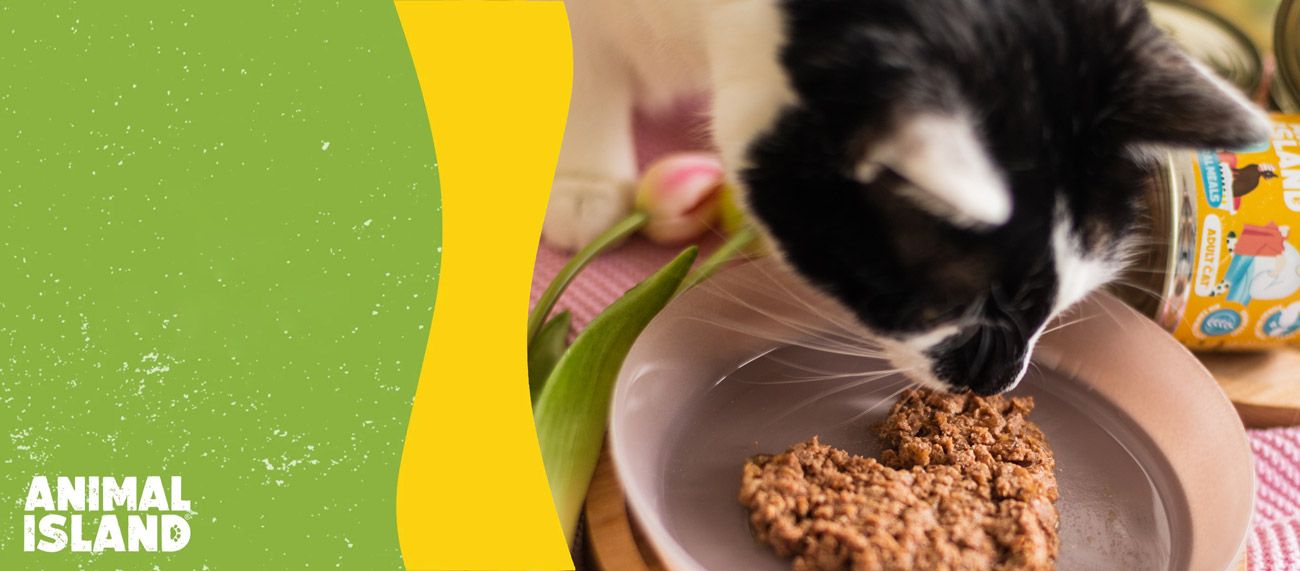
Author: Nokoty.pl
Using wet food makes your cat feeding routine easier – it’s a convenient solution available almost everywhere, and doesn’t require refrigeration. Just open it and it’s ready to feed your pet.
Wet cat food and allergens
Choosing the right wet food for your feline companion is crucial to their health and well-being. It is important to remember that food allergies are a common problem among cats, and ignoring them can lead to serious health consequences. Ingredients such as fish, although considered a source of valuable nutrients, can be highly allergenic to some animals. Not every cat will be able to tolerate fish foods, which can cause allergic reactions manifesting themselves in a variety of symptoms.
Similarly, chicken is a popular ingredient in many foods, but it can also cause allergies in some cats. It is important to closely monitor your cat's reaction to newly introduced foods. Look out for symptoms such as problems with defecation, excessive scratching, which may indicate itchy skin, and other disturbing changes in the animal's behavior or appearance.
If you notice any worrying symptoms, it is essential to consult your vet immediately. A professional may recommend an elimination diet to determine which food ingredient is causing the allergic reaction. This diet involves gradually eliminating individual ingredients from the cat's diet, which allows the allergen to be identified.
Working with a pet nutritionist can be invaluable in tailoring your cat’s diet to its individual health needs. A pet nutritionist can help you choose ingredients that are safe and healthy for your pet while providing all the nutrients it needs.
The key principles of choosing the right wet food for your cat include:
• Choose food that is appropriate for your cat's life stage. Young cats (up to 12 months), adults (1 to 7 years) and seniors (over 7 years) have different nutritional requirements.• Pay attention to your pet's unique characteristics and lifestyle, such as spaying or neutering. Cats that have undergone these procedures may have different calorie and nutrient requirements, often due to reduced activity levels.
• Match the food to any specific dietary requirements of your cat. There are many specialist foods designed for cats with different needs, including neutered cats, cats with weight problems, food allergies, or skin and fur problems.
• Carefully analyze the composition of the food by reading the labels on the packaging. The ingredients are listed in order of the largest share. Prefer foods rich in fresh or dried meat (the meat content should be at least 70%, and in the best products even up to 99%), avoid those with added grain, artificial flavors, colorings and preservatives.
• Don't forget about the taste of the food - a satisfied cat is one that will eagerly eat its meals, which it will express by squinting and purring!
What else besides wet cat food?
What is the BARF diet?
BARF , or “Biologically Appropriate Raw Food”, involves feeding your cat raw meat supplemented with appropriate supplements. Given that your cat is a natural carnivore, your cat’s body will be happiest if it receives a diet that it can use most effectively. A diet based on raw meat, as closely as possible to the cat’s natural diet, aims to ensure that your furry friend feels as good as possible, while providing them with all the necessary vitamins and minerals. You can do this yourself, choosing the ingredients, or using ready-made mixtures. However, it is inappropriate to feed your cat only raw meat, as it can lead to deficiencies in important micronutrients and, consequently, serious illnesses. Before introducing a BARF diet, it is worth consulting a veterinarian or animal nutritionist to make sure that the planned diet will be appropriate for the animal’s health and physical condition.Whole prey - snack or diet staple?
“Whole prey” in the context of a cat diet refers to feeding cats whole, raw animals such as mice, birds, fish, or small rodents. This feeding method is considered one of the most natural and biologically appropriate for cats because it mimics their diet in the wild, where they prey on small animals as predators.
The Foundation of the Diet: For many natural cat food advocates, a whole-prey diet can be the foundation of their diet. This is because it is believed that such a diet provides the cat with all the necessary nutrients in the most natural form. By consuming whole prey, cats get protein, fat, vitamins, minerals, as well as fiber (from the stomach contents of the prey) and calcium (from bones). This provides a complete diet that can be difficult to replicate at home using only raw meat and supplements.
Snack: However, not all cat owners may choose to feed their cat a whole food diet for various reasons, such as availability, convenience, cost, and hygiene. In these cases, whole prey can be used as a dietary supplement, providing your cat with a snack that is a natural and healthy addition to their regular diet, adding variety and key nutrients to their diet.
Important Notes • Balanced Diet: Whether whole prey is a snack or the basis of the diet, it is important that the diet is balanced and tailored to the individual needs of the cat.
• Consult your veterinarian: Before making any significant changes to your cat's diet, including switching to a whole prey diet, it is recommended that you consult with your veterinarian or animal nutritionist.
• Hygiene and safety: feeding raw foods carries the risk of transmitting pathogens, therefore special care should be taken to ensure hygiene when preparing and feeding such a diet.
For many cats, a whole prey diet may be closest to their natural nutritional needs, but it is crucial that it is safe, balanced, and tailored to the health and needs of the individual pet.
Why is a proper cat diet so important?
The diet of a cat is crucial, and there are certain reasons why it should not be neglected at all. The main motivation is, of course, the health of our furry friend. Foods rich in grains can lead to weight problems in cats. Consuming an excessive amount of carbohydrates can increase the pH of the stomach, which in turn promotes the development of stomach problems.
Moreover, low-quality food may result in a lack of essential micronutrients, which in the long term may contribute to increased health problems.
If you feed your cat food containing plant products full of carbohydrates, it can result in the consumption of so-called "empty calories", which often mean unhealthy overweight for him. These empty calories will simply be stored as fat, leading to the aforementioned obesity.
In addition, this fat does not translate into energy needed for the body to function properly, which means that the cells of the cat may suffer from "malnutrition". As you probably suspect, this condition leads to an increase in blood sugar, which in turn can lead to various health problems - including diabetes, heart problems, liver or kidney problems. In extreme cases, even intestinal inflammation, obesity or even frequent vomiting.
The question arises: why do most of the food available on the market contain grains? The answer is very simple - lower production cost and lower price of the product itself (for the manufacturer - because it does not always go hand in hand with the final price we pay in stores).
Summary
Wet cat food has many benefits, both in terms of our quadruped's satisfaction and its impact on its health. Balanced wet food is able to provide the cat with the necessary nutrients, ensure proper hydration and support the digestive system. However, it is worth remembering that although wet food has many advantages, it is not the only way to feed our pet. For proper care of our cats, we should always consult our decisions regarding their diet with a veterinarian.
Regardless of whether you choose wet food, BARF diet or whole food, remember that the most important thing is to understand the needs of your cat and provide it with a healthy, balanced and tasty meal. Let every meal be a pleasure for your cat, not just a necessity.


 Wścieklizna
Wścieklizna

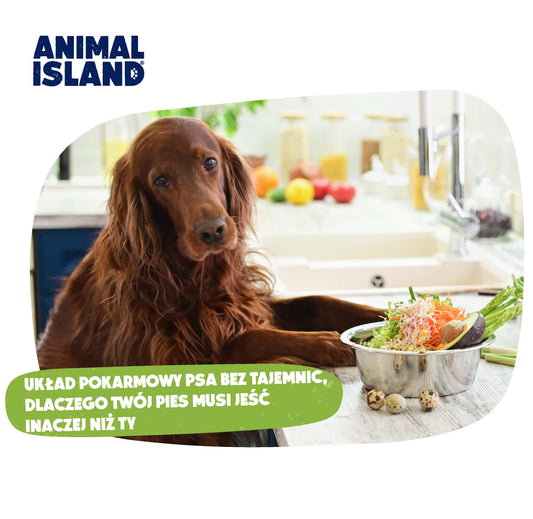

 Zęby i jama ustna – stworzone do chwytania, nie mielenia
Zęby i jama ustna – stworzone do chwytania, nie mielenia
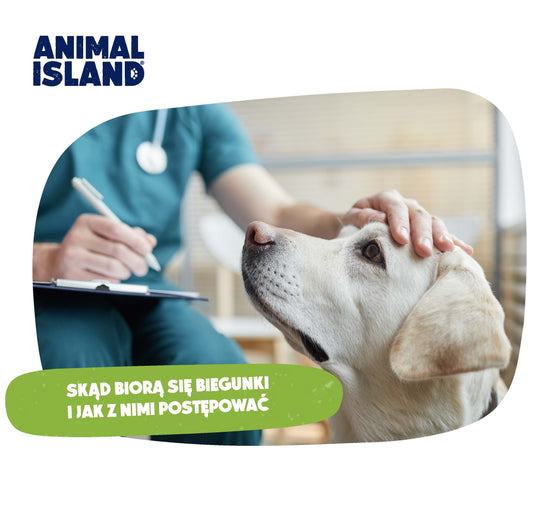



 ROZSĄDNA DIETA, BY ZAPOBIEGAĆ BIEGUNCE W PRZYSZŁOŚCI
ROZSĄDNA DIETA, BY ZAPOBIEGAĆ BIEGUNCE W PRZYSZŁOŚCI
